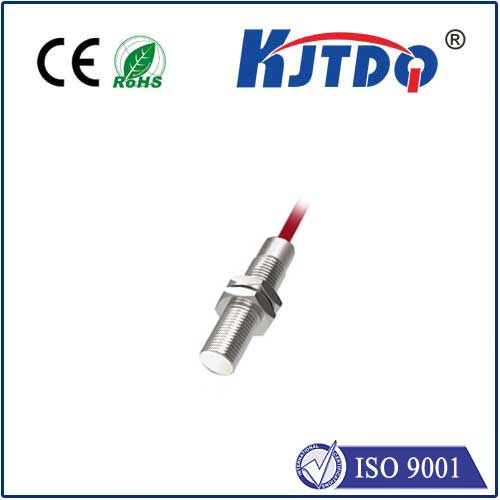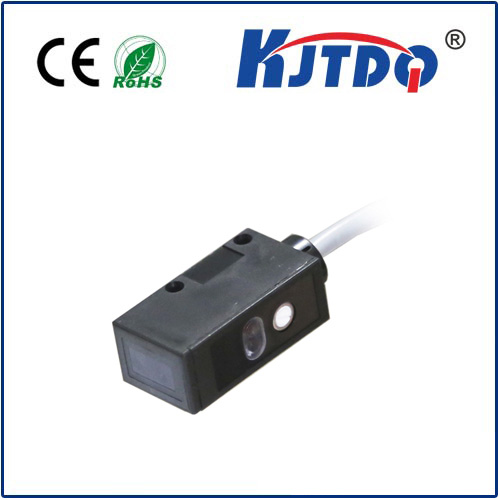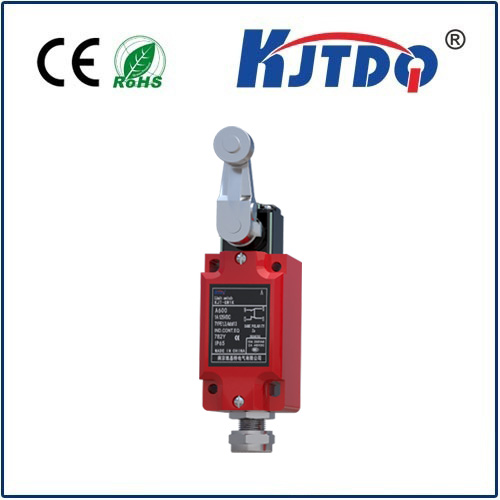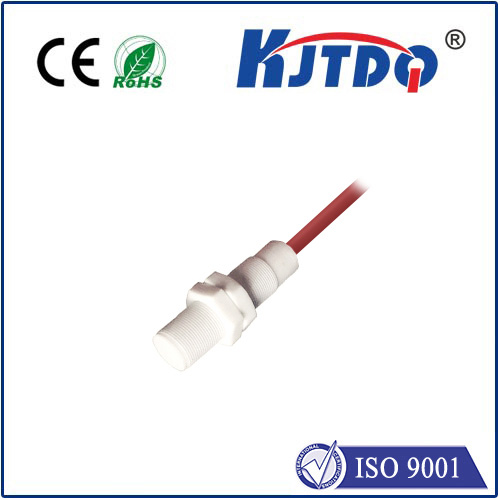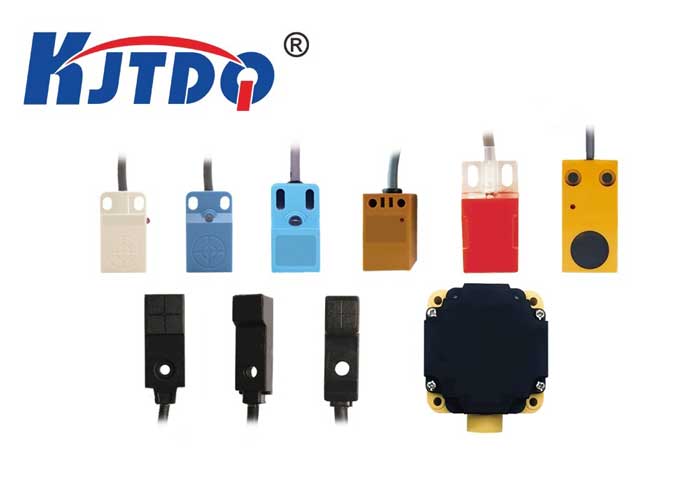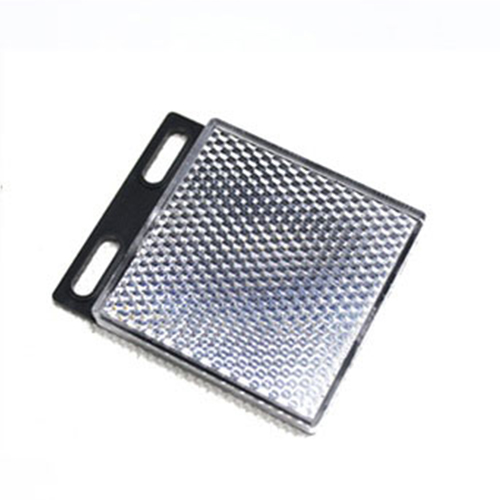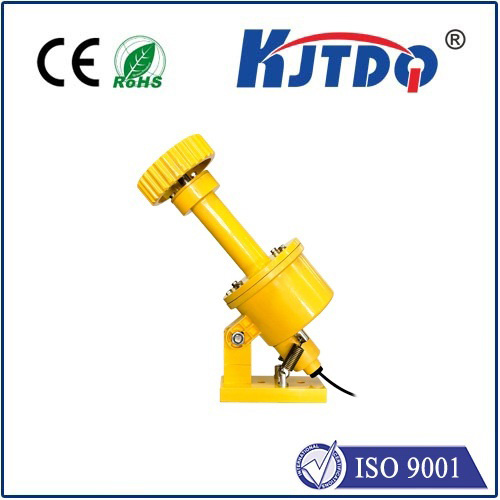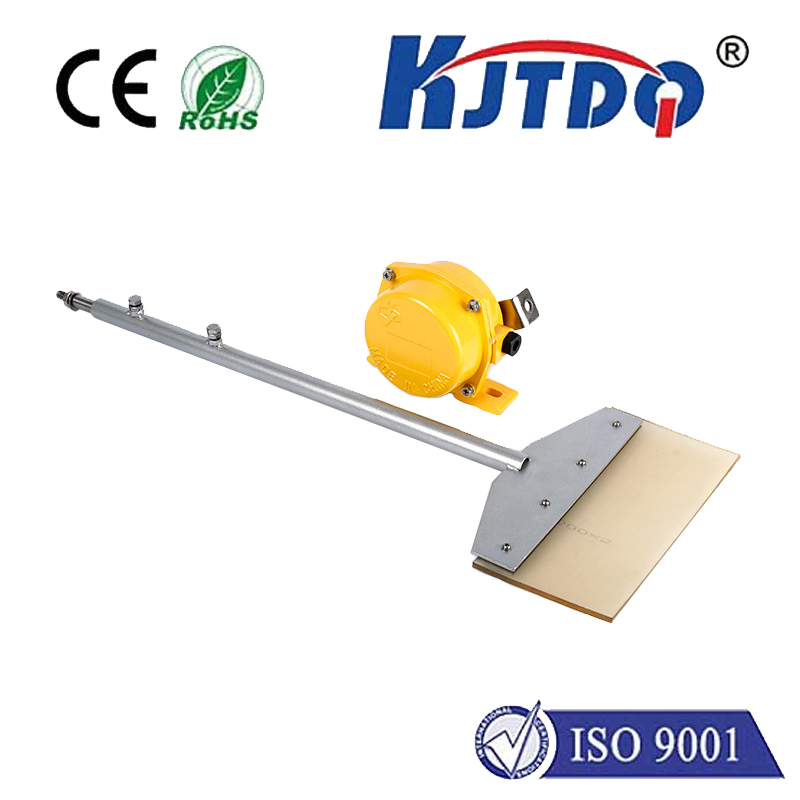fiber optic motion sensor
- time:2025-08-14 14:11:43
- Click:0
The Future Unseen: How Fiber Optic Motion Sensors Are Redefining Detection
Imagine securing a vast, critical facility without the tell-tale blink of intrusive cameras or the vulnerability of wires susceptible to sabotage. Picture monitoring the health of massive industrial equipment for minute vibrations signaling impending failure, all without adding bulky electronics into hazardous environments. This is the transformative reality unlocked by Fiber Optic Motion Sensors (FOMS), a sophisticated technology leveraging the unique properties of light to detect disturbances with unprecedented sensitivity, safety, and stealth. Moving far beyond simple on/off triggers, these sensors represent a paradigm shift in how we perceive and respond to motion in our world.
Beyond the Wire: The Core Principle
At its heart, a fiber optic motion sensor utilizes hair-thin strands of glass (optical fiber) as the sensing element. Light pulses travel down this fiber core via Total Internal Reflection. The fundamental magic happens when movement, vibration, or strain affects the fiber. This disturbance subtly alters the light’s journey – its phase, intensity, or wavelength. Sophisticated interrogators (detection units) analyze these minute changes in the returning light signal. By interpreting these alterations, the system precisely pinpoints the location, nature, and intensity of the motion event. This reliance on light, rather than electricity coursing through the sensing zone itself, forms the bedrock of FOMS’s unique advantages.

Why Choose Light Over Electrons? The Compelling Advantages
Fiber optic motion sensors offer a suite of benefits that often make them the superior choice, especially in demanding or safety-critical applications:
- Immunity to Electromagnetic Interference (EMI): Unlike traditional electronic sensors, FOMS are completely unaffected by nearby power lines, motors, lightning, or radio frequency radiation. This makes them essential for environments like power substations, industrial machinery control rooms, or medical facilities littered with electromagnetic noise where other sensors fail or give false alarms.
- Intrinsic Safety: Since the sensing fiber carries only light, not electricity, it generates no sparks and presents no ignition risk. This inherent safety is paramount in explosive or hazardous atmospheres found in petrochemical plants, mining operations, grain silos, or anywhere flammable gases, vapors, or dust may be present.
- Long-Distance Sensing & Distributed Capability: A single optical fiber can stretch for tens of kilometers without significant signal degradation. More profoundly, certain configurations (like Distributed Acoustic Sensing - DAS) transform the entire fiber length into a continuous sensor array. This allows monitoring vast perimeters, pipelines, railways, or borders as a single, cohesive “nerve,” pinpointing disturbances anywhere along its path with meter-level accuracy.
- Environmental Durability: Optical fibers are typically made of robust silica glass, resistant to corrosion, moisture, and temperature extremes far exceeding the limits of conventional electronics. This translates to reliability in harsh outdoor or industrial settings with minimal maintenance.
- Covertness and Security: Fiber optic cables are thin, flexible, and easily concealed within structures, buried underground, or embedded directly into materials. This makes them incredibly difficult to detect or tamper with compared to obvious cameras or pressure pads, offering a highly stealthy security solution.
- High Sensitivity and Bandwidth: FOMS can detect incredibly subtle vibrations and acoustic signatures across a broad frequency range. This enables applications ranging from detecting footsteps or digging attempts near a perimeter fence to monitoring the structural health of bridges, dams, or wind turbines by listening to their unique vibrational signatures.
Where Light Makes the Difference: Key Applications
The unique strengths of FOMS drive their adoption across diverse sectors:
- Perimeter Security & Intrusion Detection: Protecting critical infrastructure (airports, power plants, military bases, data centers) is a prime application. Buried or fence-mounted fiber optic cables create an invisible tripwire capable of distinguishing between animal movement, weather effects, and genuine intrusion attempts (climbing, cutting, digging) over vast distances with precise location data. Their immunity to lightning and EMI ensures reliable operation during storms.
- Industrial Condition Monitoring: In factories and power generation, predictive maintenance is crucial. FOMS continuously monitor vibrations on turbines, motors, pumps, and rotating machinery. Subtle changes in vibration patterns, detected by the fiber optic sensor network, provide early warnings of bearing wear, imbalance, misalignment, or other developing faults, preventing catastrophic failure and costly downtime. Their intrinsic safety allows installation directly on equipment in hazardous areas.
- Pipeline Monitoring: Protecting vital oil, gas, or water pipelines over thousands of kilometers is a massive challenge. FOMS using Distributed Acoustic Sensing (DAS) act as a “continuous listening device.” They detect and locate third-party interference (like excavation), leaks (through distinctive acoustic signatures of escaping fluid), and ground movement potentially threatening pipeline integrity in real-time.
- Structural Health Monitoring (SHM): Bridges, dams, buildings, and offshore platforms experience constant stress. Networks of fiber optic sensors embedded within these structures measure vibrations, strain, and temperature changes. This data provides critical insights into structural integrity, identifies developing weaknesses, and informs maintenance decisions, enhancing public safety and infrastructure lifespan.
- Transportation Security: Sensitive fiber optic cables buried beneath runways can detect unauthorized vehicles or personnel intrusion. Similarly, they monitor rail tracks for unusual vibrations indicating potential track buckling or tampering.
- Medical Equipment Precision: In highly sensitive environments like MRI rooms, FOMS are ideal for monitoring equipment movement or patient positioning without interfering with the strong magnetic fields, where traditional sensors simply cannot function.
Challenges and Future Directions
While powerful, FOMS aren’t a universal panacea. Interrogation units can be complex and costly compared to simple point sensors. Installation and specialized expertise for setup and data interpretation are also factors. Signal processing the vast amounts of data generated by distributed systems like DAS requires sophisticated software and computational power.
However, the future is bright. Advancements continue in interrogation technology, driving down costs and improving performance. Machine Learning (ML) and Artificial Intelligence (AI) are increasingly deployed to automate signal analysis, dramatically improving the accuracy of event classification (e.g., distinguishing a branch falling from a person climbing a fence). Sensor miniaturization and integration with IoT platforms are making FOMS more accessible and versatile. Research is also ongoing into new fiber materials and sensing configurations for even greater sensitivity and unique detection capabilities.
Fiber optic motion sensor technology represents a revolution in detection, moving beyond the limitations of sight and sound to harness the fundamental properties of light. Offering unparalleled immunity, safety, range, and sensitivity, these “invisible guardians” are securing our critical assets, safeguarding our infrastructure, optimizing industrial processes, and pushing the boundaries of what’s possible in motion detection. As technology matures and costs decrease, the reach of FOMS will undoubtedly expand, weaving an ever more sensitive and intelligent web of awareness into the fabric of our world.













